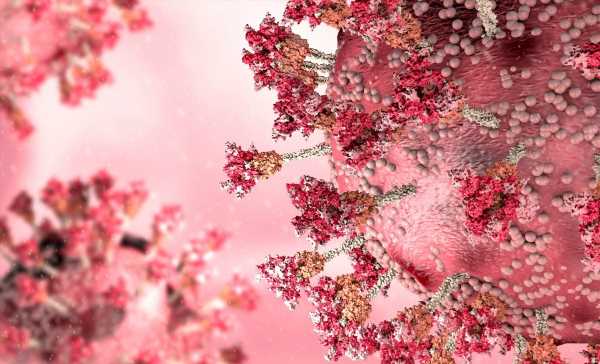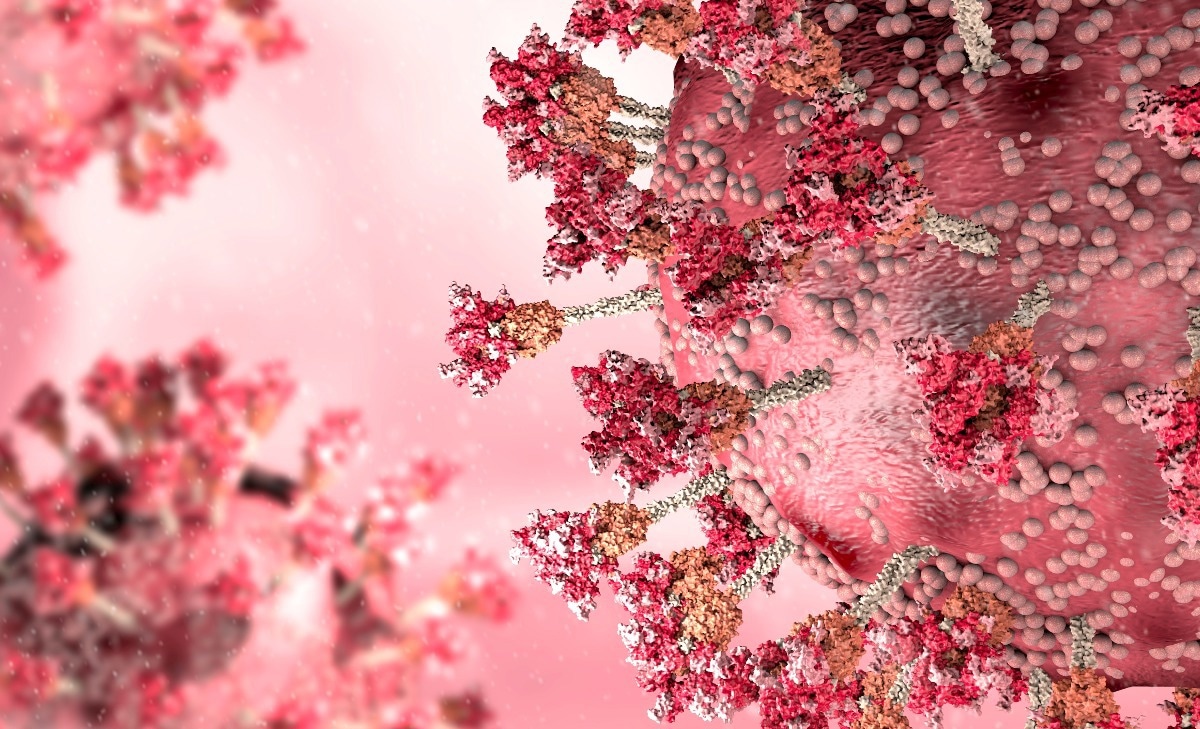
In a recent study posted to the medRxiv* preprint server, researchers summarized existing data on severe acute respiratory syndrome coronavirus 2 (SARS-CoV-2) Omicron variant’s sub-variant (BA.1, BA.1.1, BA.2, BA.2.12.1, BA.3, and BA.4/5) neutralization. They also performed a comparative assessment of cross-neutralizing responses of Omicron subvariants in comparison to the Wuhan-Hu-1 strain (prototype) antigen.

The continual evolution of Omicron and the consequent emergence of subvariants with higher transmissibility and immune-evasiveness has threatened vaccination efficacy with reductions in vaccination-induced cross-neutralization responses. In vitro studies have reported markedly lower Ab (antibody) function against the Omicron spike (S) protein among convalescent and vaccinated individuals with a prior history of non-Omicron infections.
About the study
In the present study, researchers assessed Omicron subvariant neutralization responses induced by coronavirus disease 2019 (COVID-19) vaccinations.
Databases such as PubMed, medRxiv and bioRxiv were searched between 26 November 2021 and 25 July 2022, for studies evaluating post-COVID-19 vaccination neutralizing Ab (nAb) responses to Omicron subvariants. The study was ancillary to a literature review. It included only published studies or preprints assessing nAb responses for ≥1 Omicron subvariant induced by a World Health Organization (WHO)-approved COVID-19 vaccine. It also analyzed samples obtained in <6 months of the most recent vaccination.
Data were obtained on the neutralization assay, reference SARS-CoV-2 strain, sample size, vaccination doses, vaccination type, duration between the most recent vaccination and sample collection, nAb titers for Wuhan-Hu-1 strain, and Omicron subvariants and sample proportions with detectable nAb titers or the prototype strain and each sub-variant.
Studies were excluded if surrogate neutralization assays were used, immunosuppressed individuals were sampled, and the study cohorts comprised preselected low- or high-responders. Studies with >20% of individuals with hybrid (natural infection and vaccination) immunity were also excluded. Median fold-reductions in Omicron subvariant nAb titers in comparison to each other and the Wuhan-Hu-1 strain were assessed, and the median strain-wise responder percentages were calculated.
Results
In total, abstracts of 6,318 studies were screened, of which, only 213 studies were eligible for full-text review, 153 of which were considered for the final analysis. About 80% (n=122 studies) studies evaluated fold reductions of Omicron subvariants in relation to the Wuhan-Hu-1 strain, 22% (n=33) studies evaluated fold reductions of other Omicron subvariants concerning Omicron BA.1, and 88% (n=135) provided data on the percentage of responses to ≥1 Omicron subvariant.
Among included studies, post-primary COVID-19 vaccination, subvariant-wise fold-reductions in nAb titers concerning the Wuhan-Hu-1 strain showed wide variations, from 4.2-fold reductions for Omicron BA.3 to 22-fold for Omicron BA.4/5. Among boosted individuals, fold-reductions were comparable for all Omicron subvariants (between six-fold and seven-fold), with an exception for Omicron BA.4/5 subvariant (13-fold).
The nAb titers induced after primary vaccinations and booster vaccinations were similar for all Omicron subvariants, except BA.4/5 for which fold-reductions were higher (two-fold higher) in relation to Omicron BA.1. Omicron subvariant-wise percentages of responders were low after primary COVID-19 vaccination (between 34% and 57%) in comparison to the Wuhan-Hu-1 strain (96%). Still, they increased after booster vaccinations (between 85% and 93%).
Of the studies included, 82% (n=125 studies) provided data on fold-reductions of ≥1 Omicron subvariant in relation to the Wuhan-Hu-1 strain. Post-primary COVID-19 vaccinations, fold-reductions in relation to the Wuhan-Hu-1 strain were large for all the Omicron subvariants, ranging between 4.2-fold for Omicron BA.3 and 22-fold for Omicron BA.4/BA.5 subvariants and were observed across all vaccine platforms, with greatest reductions (42.5-fold) by protein subunit-based COVID-19 vaccines.
Fold-reductions against Omicron BA.1 in relation to the Wuhan-Hu-1 strain were higher (21-fold) for messenger ribonucleic acid (mRNA) COVID-19 vaccines in comparison to vector-based vaccines (12-fold) and inactivated COVID-19 vaccines (11-fold). Further, fold-reductions for heterologous COVID-19 vaccination strategies involving mRNA vaccines were large (22-fold).
Post booster vaccinations, nAb titer fold-reductions for Omicron subvariants in relation to the Wuhan-Hu-1 prototype were not as prominent as those observed post-primary vaccinations and ranged between six-fold for Omicron BA.2 and 13-fold for Omicron BA.4/5. Median nAb fold-reductions were eight-fold, nine-fold, 10-fold, and six-fold greater for Omicron BA.1 by vector-based, inactivated, and protein-based vaccines compared to those for mRNA vaccines; however, the results were heterogeneous.
Overall, the study findings showed that nAb titer fold-reductions of Omicron subvariants in relation to the Wuhan-Hu-1 strain varied considerably after primary COVID-19 vaccinations but were similar after booster vaccinations, except for Omicron BA.4/5, for which fold-reductions were higher. The findings showed that vaccine efficacy is likely lower for Omicron subvariants, especially for BA.4/5.
*Important notice
medRxiv publishes preliminary scientific reports that are not peer-reviewed and, therefore, should not be regarded as conclusive, guide clinical practice/health-related behavior, or treated as established information.
- Henning Jacobsen et al. (2022). Post-vaccination neutralization responses to Omicron sub-variants. medRxiv. doi: https://doi.org/10.1101/2022.09.16.22280017 https://www.medrxiv.org/content/10.1101/2022.09.16.22280017v1
Posted in: Medical Science News | Medical Research News | Disease/Infection News
Tags: Antibody, Antigen, Assay, Coronavirus, Coronavirus Disease COVID-19, covid-19, Efficacy, Evolution, immunity, in vitro, Omicron, Protein, Respiratory, Ribonucleic Acid, SARS, SARS-CoV-2, Severe Acute Respiratory, Severe Acute Respiratory Syndrome, Syndrome, Vaccine

Written by
Pooja Toshniwal Paharia
Dr. based clinical-radiological diagnosis and management of oral lesions and conditions and associated maxillofacial disorders.
Source: Read Full Article